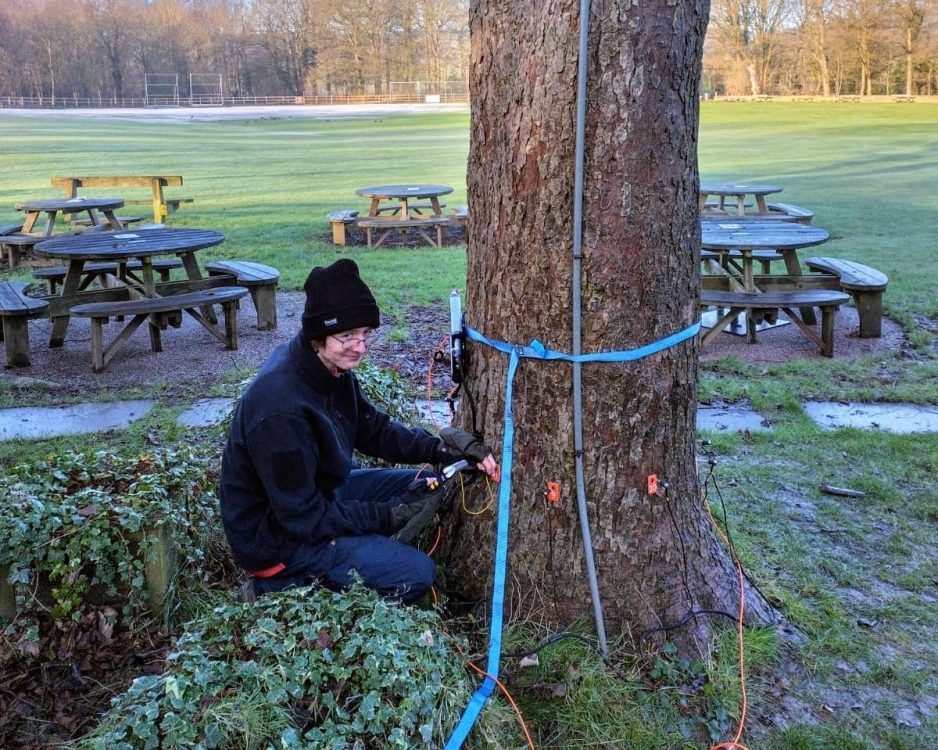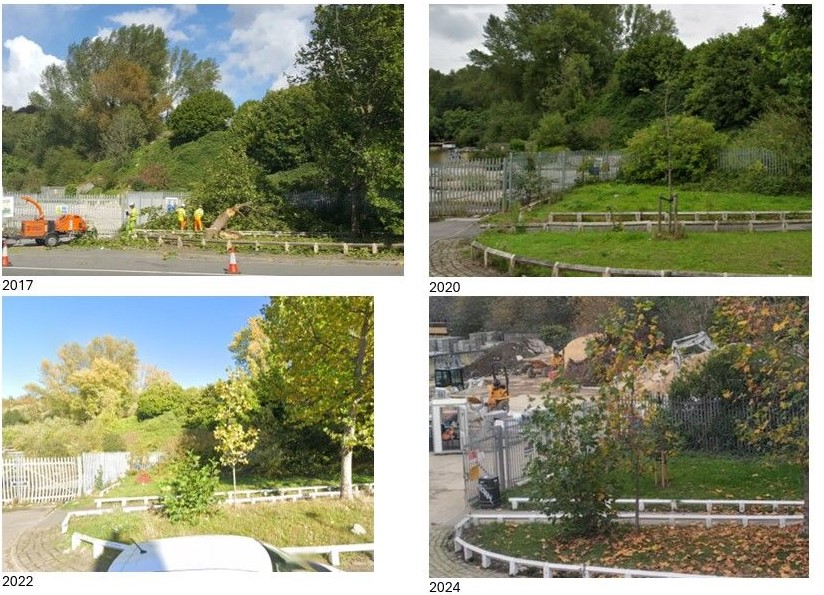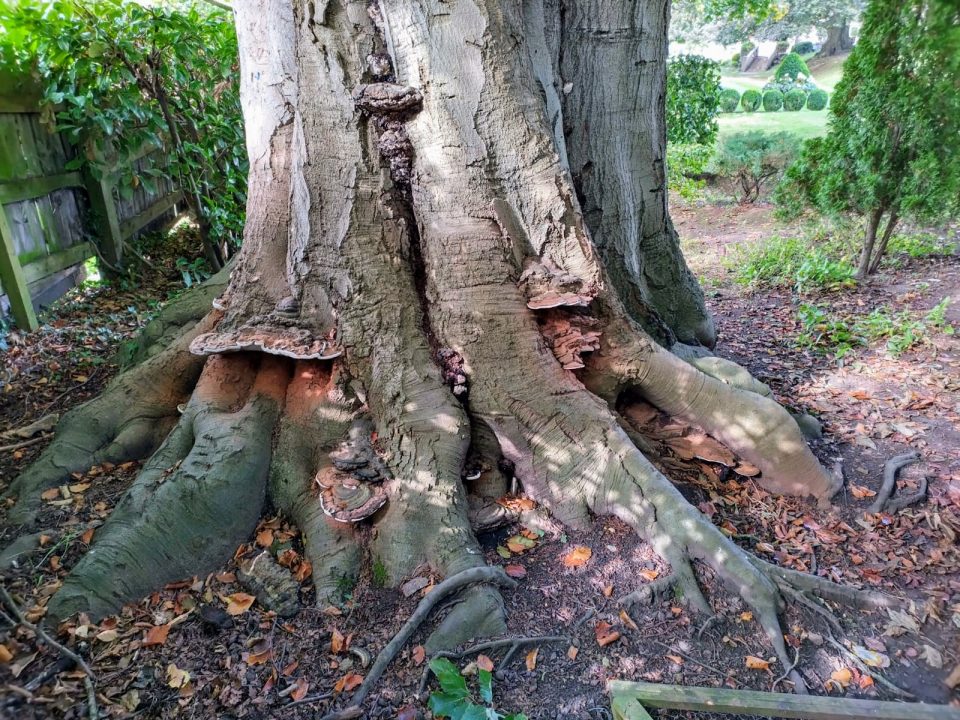
UK trees catch double the carbon
5th January 2023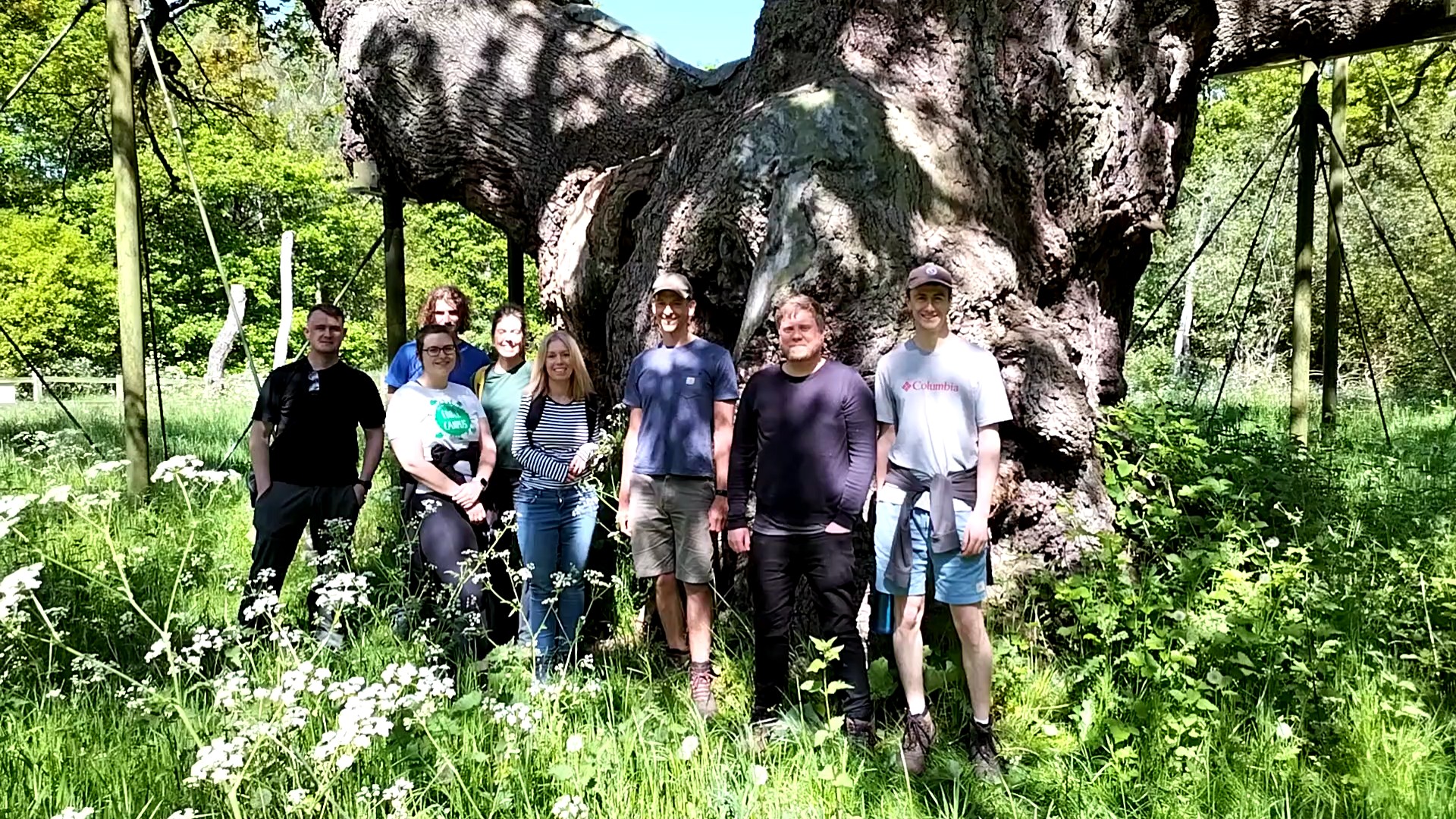
Team Day Out at Sherwood Forest
14th June 2023Root protection areas (RPAs) and planning permission
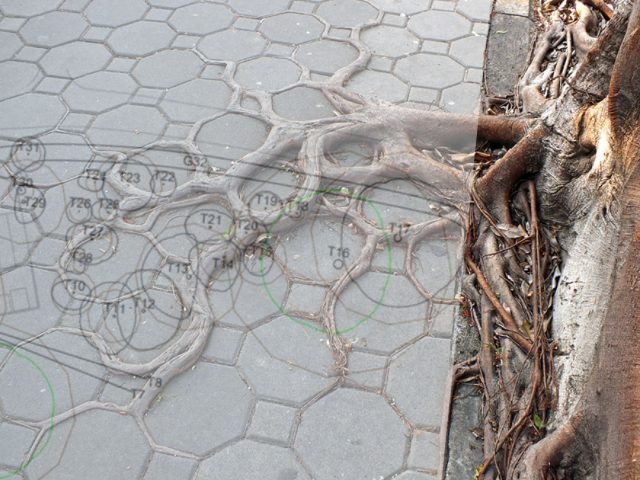
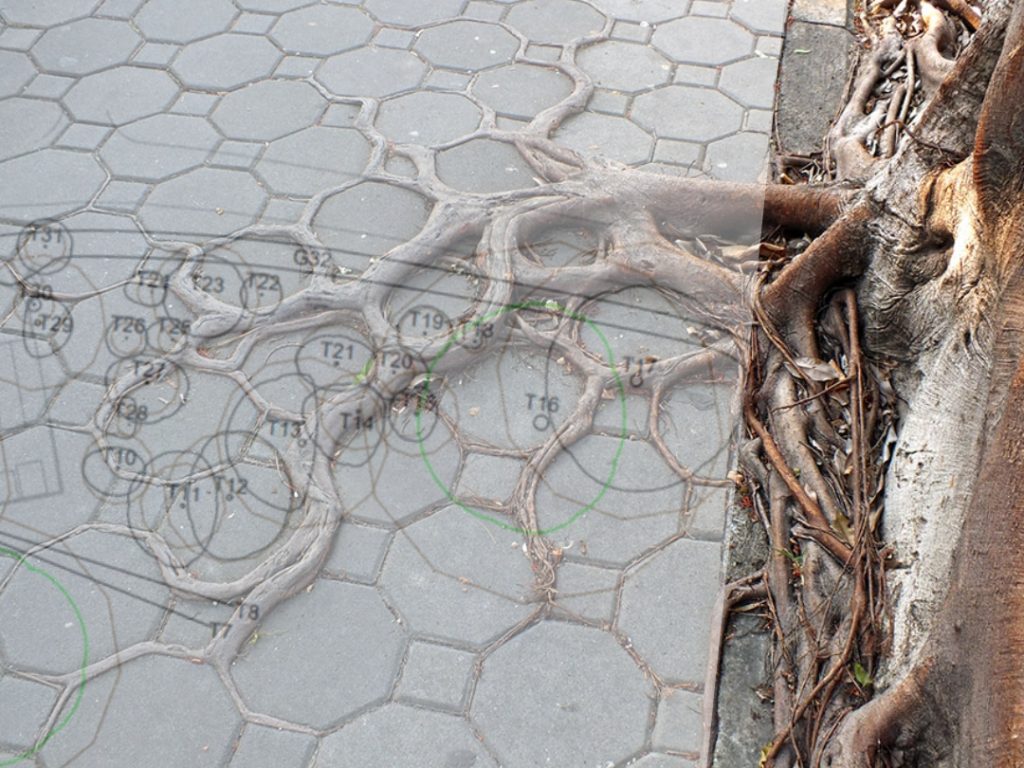
The concept of tree root protection areas (RPAs) has been a consideration in UK planning and development for over three decades. Yet there is still often confusion about root protection areas (RPAs) and planning permission. This post aims to get to the ‘root’ of the RPA in relation to new developments and planning permission.
What is a root protection area (RPA)?
In UK planning and development, the British Standard 5837:2012 “Trees in relation to design, demolition and construction. Recommendations” defines RPAs as a layout design tool, which provide minimum area around a tree that holds enough roots and rooting volume to maintain the tree’s viability.
Tree root protection areas (RPAs) aim to protect and maintain the health and well-being of trees that may otherwise be impacted by the construction of nearby buildings, structures or hard-surfaces. They are generally broadly circular areas around a tree set aside for their preservation, containing enough soil and root volume to sustain tree health and stability.
Why are RPAs important?
All existing trees on a development site can be a material consideration in UK planning. The value of RPAs lies in their ability to preserve important trees within new developments and so retain the associated benefits they provide.
Roots function to glean chemicals and nutrients from the surrounding environment to provide the tree with the ‘food’ it requires for growth, development, and repair. The roots also anchor the tree to the ground so that it can persist through high winds and stormy weather. These are both vital functions for the tree to persist for years to come, and as such the RPA is there to protect the roots that provide the tree with this service.
One of the most important indirect benefits of the concept RPAs in recent decades has been to dismiss the old commonly held misconception on tree roots – that they mainly grow vertically downwards and have limited lateral spread.
How are RPAs calculated?
RPAs are calculated according to a set formula based on the size of the trunk. The RPA of a tree is calculated using the diameter of the stem at breast height (or DBH), and as you’d expect bigger trees have bigger root systems and so need bigger RPAs.
The area is measured at a distance equal to 12 times the diameter of the trunk at a height of 1.5 meters above the ground.
However, calculating RPAs and applying them effectively requires specialist knowledge and experience. While the RPAs are detailed as a circle or polygon, an even distribution of lateral roots is very rare, restrictions to root growth created by buildings, compacted soil can cause root distributions that are uneven. Root distribution patterns change with age, differ among genera, species, varieties and soil types, and can be modified by soil management practices. This is where qualified arboricultural consultants come in. Professional arboricultural consultants have the expertise required to assess tree constraints and develop appropriate RPA plans that take the needs of both trees and development projects into account.
Can you ever build in RPAs?
Developments that encroach onto the RPA of trees can damage the roots for the tree, leaving it unable to perform their vital functions.
Construction activities within RPAs commonly cause extensive tree damage, resulting in premature decline and death. Tree roots can easily be damaged by:
- Soil compaction leading to root death by asphyxiation or drought
- Changes in soil level leading to root death by asphyxiation or exposure
- Severing of roots
- Poisoning due to spillages of work materials and chemicals
- Crushing due to vehicles and/or building material storage
- Abrasion
- Installation of impermeable surfaces leading to drought
It is always more straight-forward if developments can be done completely outside of the RPA, but we understand that this is not always a viable solution and as such there are alternatives out there to minimize or avoid root damage without unreasonably hindering development. Recent decades have introduced many innovative practices that could substantially reduce tree damage when developing in or near to RPAs.
Getting to the Root of the RPAs
Tree root protection areas are an essential aspect of UK planning and development, providing vital protection for trees and ensuring they can be successfully incorporated into new developments.
While studies have found trunk diameter is an excellent predictor of root spread, it’s important to remember RPAs are only a guesstimate of actual root spread. Applying and interpreting RPAs requires specialist knowledge and experience. Qualified arboricultural consultants can ensure that tree protection and development can coexist sustainably.
How AWA Tree Consultants can help
With decades of experience in arboricultural consultancy and a team of highly qualified arboriculturists, AWA Tree Consultants provides bespoke consultancy services for architects, developers and planners across the UK.
The AWA team has extensive experience working on all types of development sites, from small residential projects to large-scale commercial developments. Our consultancy services include tree survey site assessments, and tree constraints plans with RPA calculations. We provide practical and cost-effective solutions that ensure suitable trees are protected while allowing development projects to proceed without unreasonable constraints. We understand the complex planning requirements involved and are committed to delivering solutions that meet the needs of trees and people.


